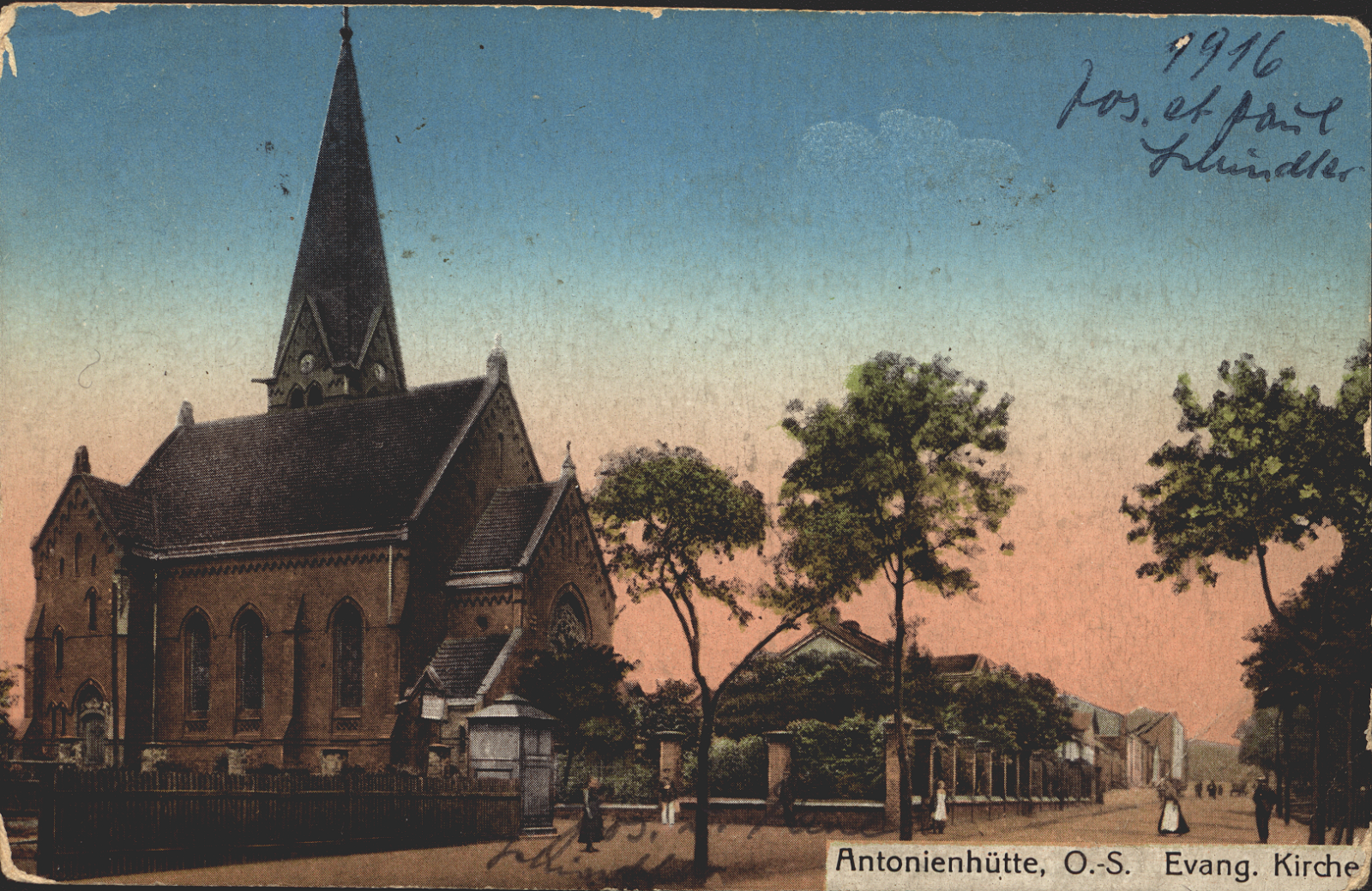Evangelical-Augsburg Redeemer Church
The beginning of evangelical community at the terrain of Wirek date tothe 19th century. It was decided to build the church at the beginning of the 20th century, entrusting its designing with Felix Henry, an architect from Wrocław. The church was raised in the years 1901-1902 with financial participation of Jew and Christian communities whichis a proof of the harmonious co-existence of all those communities in Wirek. The church was given a neo-gothic character by laying the elevation with clinker brick and using sharp arches and characteristic abutments. Theorigin of the used special solutions one should find in so-called Wiesbadenprogram (Wiesbadener Programm). The program was initiated at the end of the 19th century by the rev. Emil Veesenmaeyer, regulating organizing inferiors of evangelic churches on the basis of principle of central position of an altar and its availability from every part of the church.
Dividing the space with naves was totally given up, pews were very often arranged in the amphitheatre. A centre of a church was a so-called Kanzelaltar– an altar connected with pulpit (sometimes with a choir) in order to underline the equality of Altar Sacrament, Holy Communion, and heralded Gospel. We can easily find the memories of such solutions in the church in Wirek. It is well-seen in the altar, pulpit joined together and organ prospect, amphitheatrically arranged pews and matroneum bended in the arch, thanks to which the church space is homogenous and centralized.



